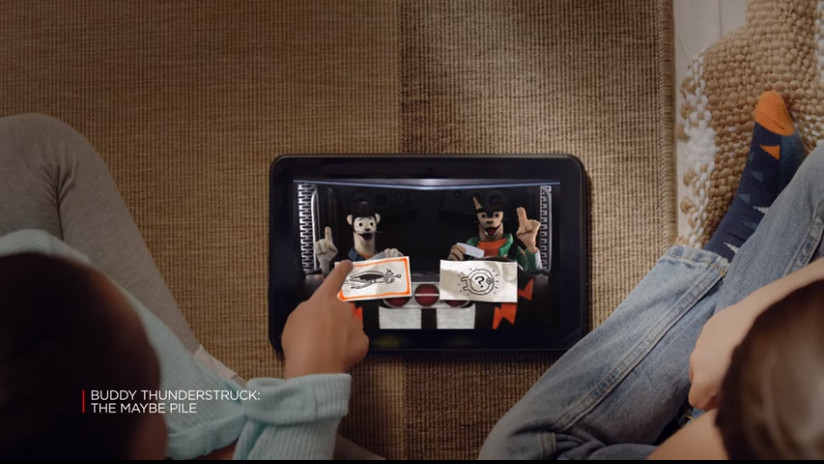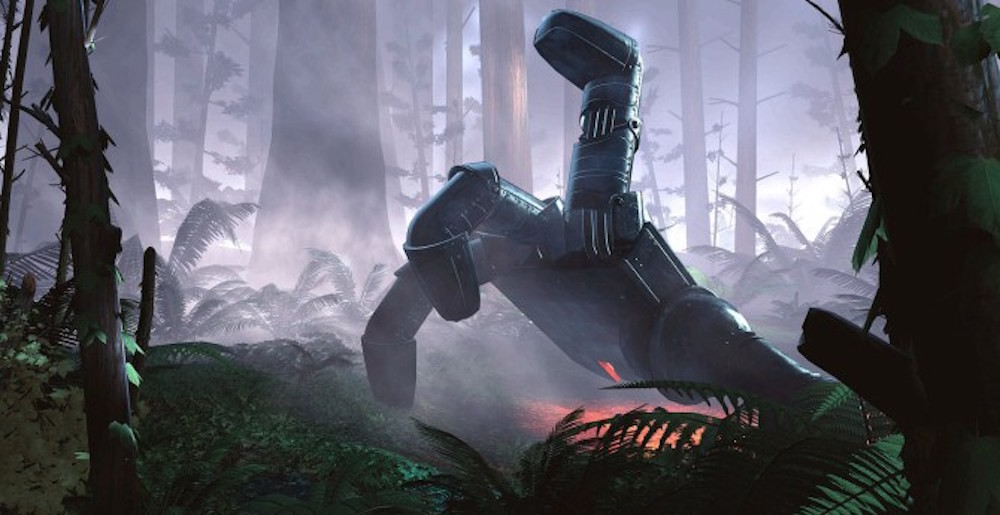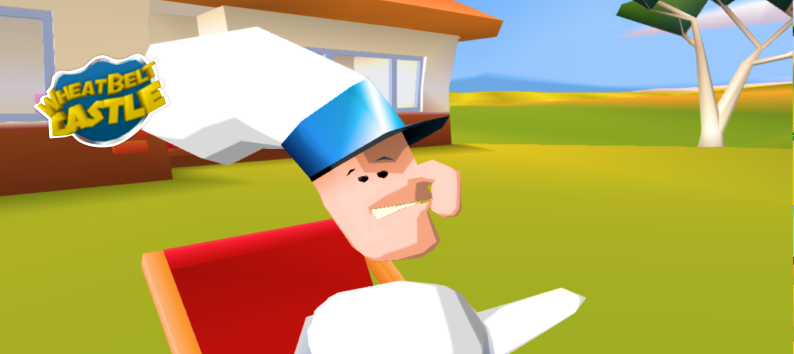We were all brought up on cartoons, where, with bated breath, we looked at the confrontation of the Wolf and the Hare, the tricks of the Black Cloak or the funny adventures of the Rescuers. Different generations of people have their childhood idols. But there is one unifying property of all animated and full-length films - linear action: once and once selected camera angles, character dialogues, scenarios. And it already depended on the art of cameramen, directors, and screenwriters whether viewers would return to the picture again and again.
Time does not stand still. New technologies and programs allow you to create increasingly brighter worlds. Virtual reality devices offer additional sensations, and smart devices exist in almost every home. These are computers, smart TVs, mobile devices. So is there an alternative to the “traditional” cinema in the modern high-tech world, and most importantly, what will we get with the advent of the new interactive media?

Now no one is surprised at the three-dimensional image obtained using 3D glasses. The most primitive anaglyphs are sold in any bookstore, and more modern devices interact directly with the TV. However, you can go to any 3D cinema and experience the delights and shortcomings of a three-dimensional image. However, such a movie is still not interactive, as it offers a simple contemplation of the created action. Interactive is the interaction of the viewer with what is happening on the screen. And some people are already experimenting with this, or even putting it on the production line.

VR devices have not yet received mass distribution for various reasons, but, obviously, the future lies with them. Therefore, manufacturers make a lot of effort to popularize them, including the created content. So, in 2015, the Oculus VR company provided viewers with a five-minute animated film that could be watched with Oculus Rift virtual reality glasses. A feature of this movie was the possibility of free study of space. The viewer could view scenes from any angle and even interact with surrounding objects.
Of course, this is just one of the attempts to demonstrate the capabilities of virtual glasses to users. Although interactive applications have already appeared, and even cartoons specifically for VR.
However, VR is a future that is not yet available for mass use. Much more interesting is the experience of the American company Netflix, which offers entire series for smart TVs, set-top boxes and mobile devices.

The company has released an interactive series
"Puss in Boots" , which allows viewers to determine the development of the plot. Although in reality, the cartoon makes it possible to make decisions only ten times during the series. Nevertheless, Netflix believes that the interactive show had to appeal to a child’s audience and expects to continue to work in a new format. So, preparing for the release of the second interactive series
"Buddy Thunderstruck"There is one more interesting direction that can already unite millions of users of mobile devices or computers. This is an animation rendered in real time using a hardware device. So, there is one fun project on the Internet that offers several cartoons for viewing in a web browser window. Its peculiarity is that the action takes place in real time and the WebGL engine is responsible for rendering the image.
 "Wheatbelt Castle"
"Wheatbelt Castle" is a series of animated films with a thoughtful scenario, in which various characters with excellent voice acting participate. Yes, the graphics in the project for an amateur. The style of "Low-Poly" is very specific. However, the feature of the project is that the viewer is offered more freedom than when watching a classic movie. So, you can change the camera angle to a more interesting one in order to study the interlocutor in a dialogue or explore the world around. Moreover, some objects in the scene can "respond" to the actions of the viewer. In one of the series there is even a built-in mini-game. If you are interested in how it works, then you can study it by downloading the source code on the project site (Blender and Blend4Web were used in the development). Interactive cinema in a web browser ... There is something in it. Thanks to the availability of content creation technologies and a mass audience, everyone can try to do something different.
Of course, a lot of things are being created now in this area - probing for the soil and experiments. Large companies and lonely enthusiasts are trying to use modern technology to create something unusual. Probably, in the near future, the familiar movie will be replenished with a new format of interactive media.
In the meantime, it is worthwhile to look at such unusual projects. Perhaps their future.